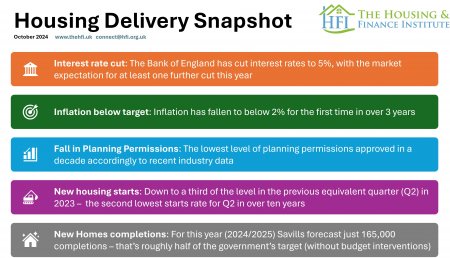

18 OCT 2019
Green Belt Statistics 2018/19
 English local planning authority Green Belt statistics for England in 2018/19 have been released today by the Office for National Statistics.
English local planning authority Green Belt statistics for England in 2018/19 have been released today by the Office for National Statistics.
In the year to April 2019, 13 local planning authorities adopted new local plans, this has resulted in a decrease in the amount of Green Belt land on the previous year. This was a decrease of 3,290 hectares or 0.2% of Green Belt land.
However, the amount of Green Belt in England remains vast. It was estimated that England's Green Belt is 1,621,150 hectares, which is 12.4% of the land area of England.
Green Belt land is often incorrectly perceived as being simply a mechanism to protect greenfield land from being developed and confused with protections afforded to Areas of Outstanding Natural Beauty. This is a common misunderstanding; for clarity, the official purpose of the Green Belt is to do the following:
- to check the unrestricted sprawl of large built-up areas;
- to prevent neighbouring towns merging into one another;
- to assist in safeguarding the countryside from encroachment;
- to preserve the setting and special character of historic towns; and
- to assist in urban regeneration, by encouraging the recycling of derelict and other urban land.
Click here to read the statistical release in full.
March 2025 Housing Delivery Snapshot

January 2025 Housing Delivery Snapshot

December 2024


